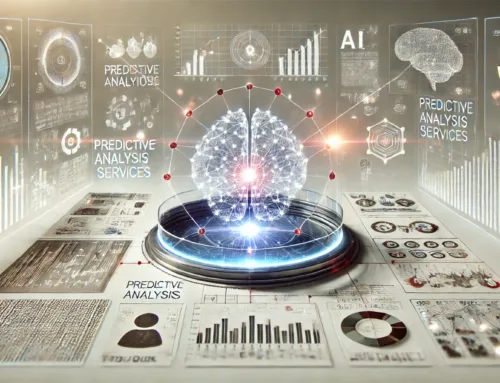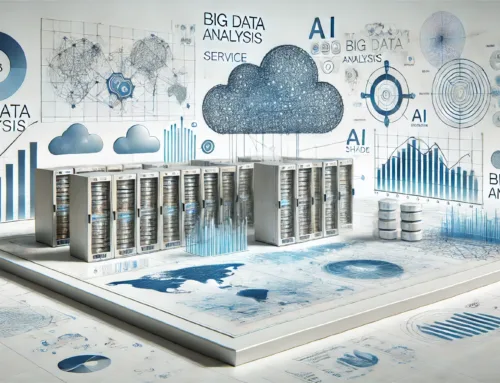Explore the realm of text data analysis with these five indispensable text data analysis services that can revolutionize the way you interpret and utilize textual information. Whether you’re seeking to uncover hidden patterns or gain a deeper understanding of your text data, these tools provide a sophisticated framework for extracting valuable insights. With the ability to analyze sentiment, classify text, and identify key entities, these services offer a gateway to a wealth of knowledge waiting to be unlocked.
Text Mining
Utilizing advanced algorithms and linguistic analysis techniques, text mining involves extracting valuable insights and patterns from unstructured textual data. Text similarity comparison is a key aspect of text mining, allowing for the identification of similarities between different pieces of text. By employing topic modeling techniques, text mining can categorize and organize large volumes of text data based on underlying themes and subjects. This process enables the discovery of hidden patterns and relationships within the data that might not be immediately apparent.
Text mining plays a crucial role in various industries such as marketing, healthcare, and finance. Businesses can use text mining to analyze customer feedback, sentiment, and preferences to improve products and services. In healthcare, text mining can help in extracting valuable information from medical records for research and decision-making. Financial institutions utilize text mining to analyze news articles, social media, and reports to make informed investment decisions. Overall, text mining is a powerful tool for extracting actionable insights from unstructured text data.
Sentiment Analysis
Analyzing sentiment involves evaluating and understanding the emotions and opinions expressed in text data. Sentiment analysis, also known as emotion detection or opinion mining, utilizes natural language processing and machine learning techniques to determine whether a piece of text conveys positive, negative, or neutral sentiments. By analyzing the language used and the context in which it appears, sentiment analysis can provide valuable insights into customer feedback, social media posts, product reviews, and more.
Emotion detection in sentiment analysis focuses on identifying specific emotions such as happiness, sadness, anger, or fear within the text. Opinion mining, on the other hand, aims to extract subjective information, including attitudes, evaluations, and beliefs expressed by individuals. Businesses can leverage sentiment analysis to gauge customer satisfaction, track brand sentiment, and make data-driven decisions based on the sentiments reflected in textual data. Overall, sentiment analysis is a powerful tool for understanding and interpreting the emotions and opinions embedded in vast amounts of text data.
Word Frequency Analysis
Examining the frequency of words in a body of text provides valuable insights into the most prominent terms used and their significance. By conducting word frequency analysis, you can identify key themes, recurring topics, and overall patterns within the text. This analysis can be enhanced through the use of data visualization techniques, which help represent the word frequencies in a visually compelling manner, making it easier to spot trends and anomalies.
Moreover, topic modeling algorithms can be employed to categorize the text into different topics based on word frequency and co-occurrence patterns. These algorithms help in uncovering underlying themes and structures present in the text data, allowing for a deeper understanding of the content.
Text Classification
To effectively categorize text data into different classes or categories based on its content and characteristics, text classification is utilized. Text classification involves the use of algorithms to assign predefined categories or labels to textual data. This process enables efficient organization and retrieval of information, aiding in tasks such as sentiment analysis, spam filtering, and document categorization.
Topic clustering is a related technique that groups similar documents together based on shared themes or topics. By identifying patterns in the text, topic clustering can reveal underlying structures and relationships within a dataset. This can be particularly useful for organizing large amounts of unstructured text data.
Additionally, text summarization is another valuable application of text classification. Summarization algorithms can automatically generate concise summaries of documents, extracting the most important information while preserving the key points. This can help users quickly grasp the content of lengthy texts without having to read through them in their entirety.
Named Entity Recognition
Named Entity Recognition (NER) is a text analysis technique used to identify and classify named entities within unstructured text data. This process involves entity extraction, where entities such as names of people, organizations, locations, dates, and more are recognized and categorized. NER applications are vast and diverse, ranging from information retrieval and question answering systems to social media analysis and chatbots. By accurately identifying entities, NER helps in organizing and making sense of large volumes of text data, enabling better search results, entity linking, and information extraction. Through the use of advanced algorithms and machine learning models, NER enhances the efficiency of natural language processing tasks by automatically detecting and labeling entities in text. This technology is essential for various industries, including healthcare, finance, and e-commerce, where the extraction of specific entities from unstructured data is crucial for decision-making processes and gaining valuable insights.
Frequently Asked Questions
How Can I Ensure Data Privacy and Security When Using Text Data Analysis Services?
To ensure confidentiality and cybersecurity when using text data analysis services, encrypt sensitive data, implement access controls, conduct regular security audits, and choose reputable service providers. Stay vigilant in monitoring data handling practices for compliance.
Are There Any Limitations to the Languages Supported for Text Analysis?
In the vast realm of text analysis, language compatibility plays a crucial role. While some services excel at multilingual analysis, limitations may arise in the scope of language translation. Understanding these boundaries is key.
Can Text Data Analysis Services Handle Unstructured Data Formats Like Images or Audio?
Yes, text data analysis services can handle unstructured data formats like images or audio through image recognition and audio transcription. These services utilize natural language understanding and machine learning models to extract meaningful insights from diverse data types.
What Level of Accuracy Can Be Expected From Sentiment Analysis Results?
You can expect a high level of accuracy in sentiment analysis results by ensuring proper training data and model selection. Sentiment analysis reliability can vary based on data quality and the complexity of emotions expressed.
How Do Text Analysis Services Handle Ambiguous or Sarcastic Language in Text Classification?
When handling ambiguity in text analysis, services utilize machine learning algorithms to interpret context clues. Sarcasm detection involves identifying patterns of exaggerated language or contradictions. These techniques enhance accuracy in classifying texts with ambiguous or sarcastic elements.




